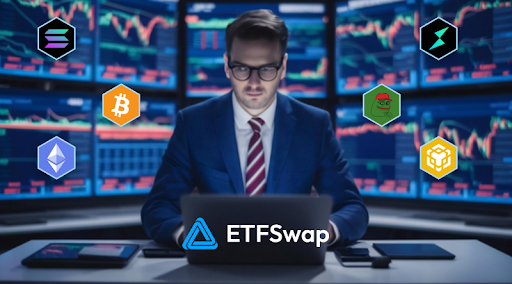Episode 35 of the Chainalysis Public Key podcast is here! In this episode, we talk with co-founders Andrej Bencic (CEO) and Bogdan Habic (CTO) of the all-in-one development platform, Tenderly, about the future of smart contracts and web3 development.
You can listen or subscribe now on Spotify, Applegold Audible. Keep reading for a full preview of episode 35.
Public Key Episode 35 preview: Smart contract simulations and testing may limit DeFi exploits and hacks
A simple mistake in code usually meant that your viral app was down for a few hours, and you may have lost a few loyal users. However, in Web3, the stakes are much higher, as an error in code or a vulnerable smart contract could lead to hundreds of millions of dollars worth of lost cryptocurrency.
In this podcast episode, Ian Andrews (Chief Marketing Officer, Chainalysis) is joined by the co-founders of the all-in-one platform development company, Tenderly. Andrej Bencic (CEO) and Bogdan Habic (CTO) explain how their platform allows developers easier access to web3 and the ability to test, simulate and gain real-time data to produce more efficient and less faulty code for smart contracts.
They describe the difference between web2 and web3 from a developer perspective and how many of the products and features they built were out of their frustrations incurred from over a decade of software development.
Quote of the episode
“Everybody knows in web2, you can deploy stuff, move fast and break things, right? That term doesn’t really translate well into web3. So, you know, we’ve had to adapt, and we had to develop some new types of solutions, so you can move fast without necessarily breaking things.” – Andrej Benčić (CEO and Co-founder, Tenderly)
Minute-by-minute episode breakdown
- (2:11) – How the frustration of web development led to developer-focused tools and solutions for web3 software engineers and the creation of Tenderly.
- (5:05) – How the evolution of the technology gives access to more developers to try it out and deters skeptics.
- (9:34) – The differences between being a developer in web2 vs. utilizing web3 development platforms.
- (14:50) – Using simulation environments to allow developers to detect bugs and go back in time on their code with real data.
- (21:28) – Tenderly announces Web3 Gateway and how this gamechanger competes with other web3 industry stakeholders.
- (27:55) – The shift of web3 development to layering and modular blockchains.
- (31:25) – The Tenderly product and feature roadmap and the future of web3 smart contract development.
Related resources
Check out more resources provided by Chainalysis that perfectly complement this episode of the Public Key.
Speakers on today’s episode
This website may contain links to third-party sites that are not under the control of Chainalysis, Inc. or its affiliates (collectively “Chainalysis”). Access to such information does not imply association with, endorsement of, approval of, or recommendation by Chainalysis of the site or its operators, and Chainalysis is not responsible for the products, services, or other content hosted therein.
Our podcasts are for informational purposes only, and are not intended to provide legal, tax, financial, or investment advice. Listeners should consult their own advisors before making these types of decisions. Chainalysis has no responsibility or liability for any decision made or any other acts or omissions in connection with your use of this material.
Chainalysis does not guarantee or warrant the accuracy, completeness, timeliness, suitability or validity of the information in any particular podcast and will not be responsible for any claim attributable to errors, omissions, or other inaccuracies of any part of such material.
Unless stated otherwise, reference to any specific product or entity does not constitute an endorsement or recommendation by Chainalysis. The views expressed by guests are their own and their appearance on the program does not imply an endorsement of them or any entity they represent. Views and opinions expressed by Chainalysis employees are those of the employees and do not necessarily reflect the views of the company.

![[CHAINALYSIS PODCAST EPISODE 35] Smart Contracts Could Be The Key To Crypto Mass Adoption [CHAINALYSIS PODCAST EPISODE 35] Smart Contracts Could Be The Key To Crypto Mass Adoption](https://blog.chainalysis.com/wp-content/uploads/2022/12/Episode-35-Website-Graphic_1.png)











